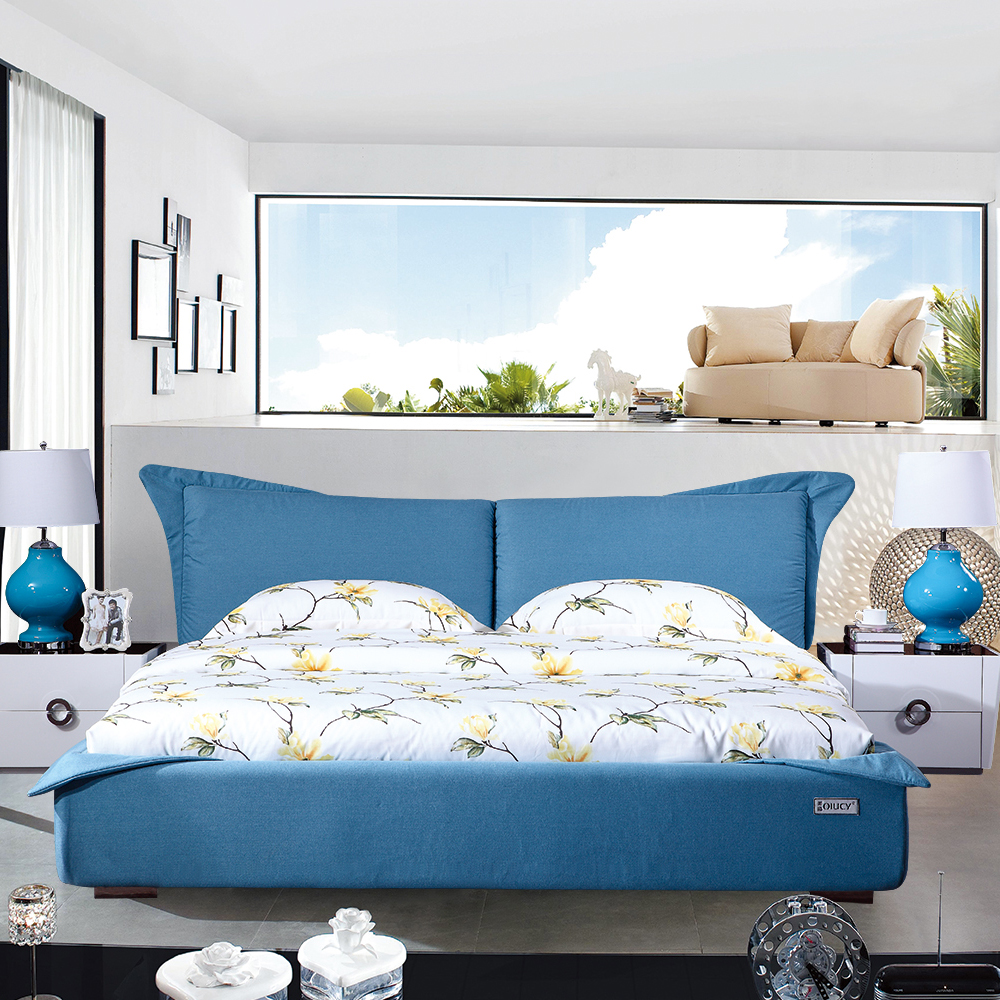Third, the elastic Relief and Relief photosensitive polymer materials 1. Flexographic elastic version of the plate, as the name suggests, its material includes filler (filler) and binder (binder), the filler is usually cellulose-incorporated color material; It is a phenolic resin. The substrate is a molded compound obtained by compressing a low molecular weight polymer and sintering it at 150[deg.] C. for about 6-10 minutes to increase its molecular weight to obtain a molded substrate. The photosensitive polymers used for the elastic letterpress are two kinds of solid photopolymers and liquid photopolymers. Solid state photopolymers are hardened by a copolymer or an elastomer, photoinitiators triggered by UV light to trigger a chemical reaction to interlink the copolymer or elastomer, this version The irradiated portion becomes stable and the insoluble material cannot be washed away by the developer to form a raised image area. Acrylates are the active materials that can be cross-linked to copolymers or elastomers. For elastic plates, elastomers such as natural rubber can be interlinked with acrylates. The popular polymer version is poly(2-chloro-1,3-butadiene) (polychloroprene) and trimethylol-propane. The product of triacrylate cross-linking; another popular resin version is styrene-isoprene and acrylates such as trimethylolpropane triacrylate, photoinitiators and other formulations. to make. Photoinitiators, such as benzophenone, benzoin, benzil and the like, split into radicals after they absorb light, and these radicals cause the double bonds of the co-polymer or elastomer to open and the polymerization reaction proceeds. In general, the interlocking linkage of polymer chains produces a hardened plate. The addition of an appropriate amount of acrylic esters in the formulation controls the hardness, and the flexo plate interacts with a smaller number of links, so the plate is softer.
2. The plate of the Relief Topography is made of one or a combination of two or more light-sensitive resins, which are mixed with photo-initiators and other additives. The UV light is hardened by polymerizing the resin molecules after irradiation of the negative plate, and different light-inducing resins can be used depending on the type of the plate, such as a polyolefin and a tetrasulfide mixture mainly composed of urethane; Polyvinyl alcohol and other low molecular weight polymers. The non-print area of ​​the exposed plate is washed away with an alkaline solution. The cleaning solution is a mixed solution of water and alcohol.
Fourth, printing plate photosensitive material (photoresist) coating <br> coating photoresist on the substrate to produce a finished printing plate must undergo a variety of step poly processing, as described below:
1. Preparation of Substrate: Before applying the photoresist, the surface of the substrate (metal plate or polymer plate) must be degreased and dried, and the adhesion promoter may be pre-coated. The degreasing section can be cleaned and treated with a pH adjuster using a solvent or alkaline cleaner.
2. Photoresist coating: The coating solution (5-15% solid) is generally dispersed on the surface of the substrate with a coating knife or a roller. For microlithography, the photoresist is placed in a rapidly rotating, regulatable spin coating that is evenly dispersed in the wafer. The thickness of the coating is subject to the viscosity and flow rate of the coating liquid on the surface of the substrate.
3. Prebake: After the photoresist coating is completed, heat treatment must be used to remove a small amount of solvent from the coating solution to form a dry coating film while eliminating mechanical tension. Some systems are preheated to create the most important key to the success of the media.
4. Exposure: This stage of the process is the central part of the manipulation of the plate image. The result of the exposure exposure depends on the quality of the exposure pattern. From this point of view, the most important quality is the exposure dose.
5. Development: The development or development of an image after exposure to light, which can be divided into the following ways: (a) soaking the plate in the developer; (b) or stirring at high speeds Cleaning or wiping in a developer; (c) Exposing with a fine spray or the like. The development time during the general production of a printing plate will not exceed 1 minute.
6. Postbake: The photopolymer or resin pattern after development must be heated to remove residual developer and the photopolymer or resin pattern can be annealed. The photoresist pattern formed at this time can be used for a printing plate or as a mask for etching in an IC process.
Olucy Fabric Sofa is made of various types of fabrics with bright colors, Russian pine wood frames, independent spring packages and high elastic cotton cushions. Its design style is based on the theme of warm home. Its core is to provide comfort for people. Color and size can be personalized according to customers` needs. Olucy Fabric sofa is the first choice for most people who are seeking to enjoy life.

Fabric Sofa
Fabric Sofa,Leisure Fabric Sofa,Fabric Corner Sofa,Small Size Fabric Sofa
SHENZHEN HAIMA FURNITURE MANUFACTORY , http://www.szolucy.com